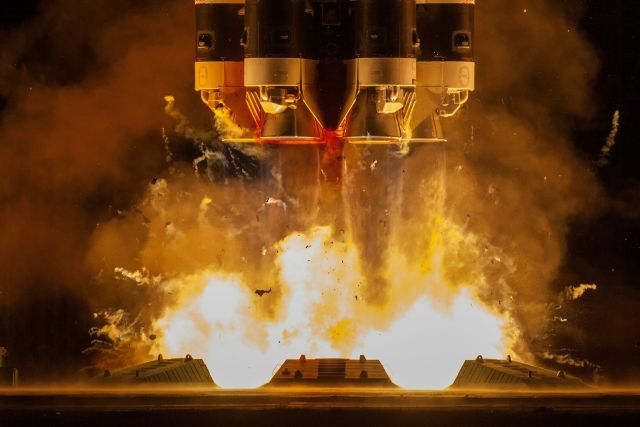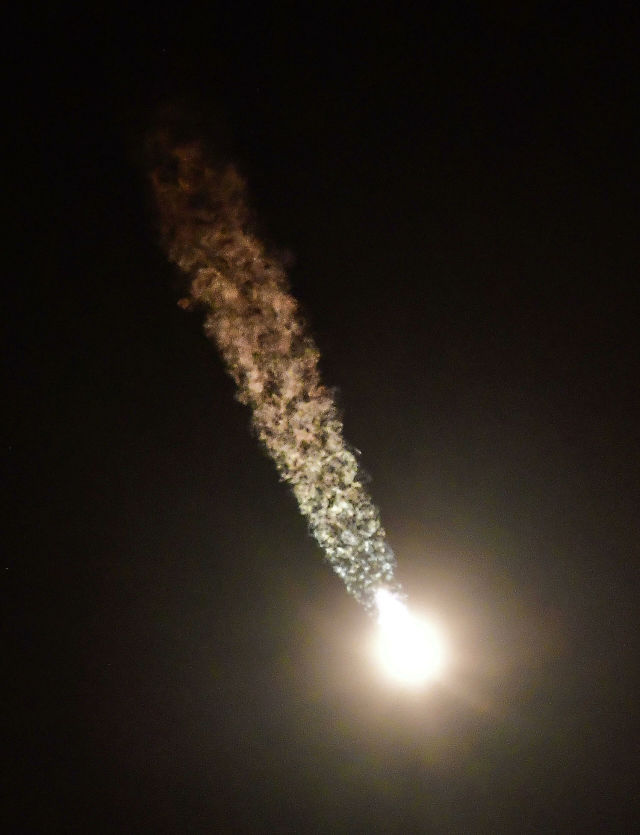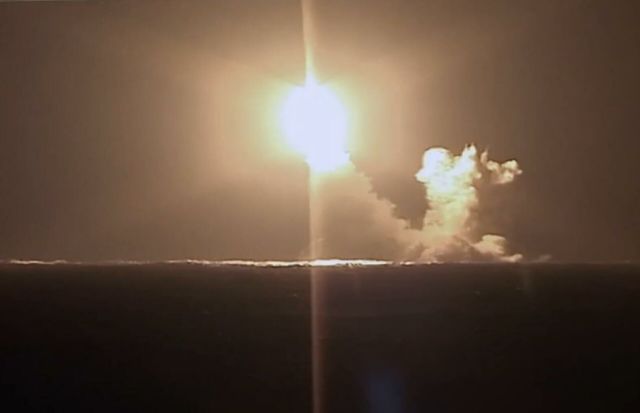He made one and a half turns and found the enemy in orbit. The explosion - and instead of the spy satellite, 27 shapeless fragments flew. On December 3, 1971, the Soviet Union successfully tested the satellite Fighter program.

Launch of the proton-M booster with the Briz-M upper stage with the Express-80 and Express-103 telecommunications satellites from the Baikonur cosmodrome
Image source: © Photo: Roscosmos Press service
Launched from the Baikonur cosmodrome. First the target – then the killer: the Kosmos 459 and Kosmos 462 satellites. The interceptor was essentially a homing fragmentation mine. This was the first time in the world.
Interception on one turn
The first maneuvering spacecraft in the USSR was created in 1963. It was called "Flight-1". It was the beginning of the main project of the Soviet anti-space defense system: the "satellite Fighter". During its existence, at least ten space battles were held. The task is always the same: find and destroy. It was executed as many times as it was set. Time to complete-no more than two orbits. Ideally – one turn. This was almost achieved when the program was discontinued. Orbital interception was also carried out in the United States, but with a long delay in time from the USSR. The methods were also different. Says the Director Of the Museum of air defense troops Yuri Knutov:

Launch of the Soyuz-FG launch vehicle with the Soyuz MS-13 manned spacecraft from the launch pad of the Baikonur cosmodrome"
Image source: © RIA Novosti / Alexey Kudenko
Soviet satellite fighters were never used in a real battle. But the training demonstration was enough to scare the whole world.
7 hours of fear

Launch of the Bulava missile from the Knyaz Vladimir submarine"
Image source: © Ministry of defense of the Russian Federation
The last time this happened was during the exercise of the strategic forces "Shield-82". In the West, they were given a different name: "seven-Hour nuclear war". Indeed, within seven hours, several medium-range and Intercontinental ballistic missiles were fired from various regions of the USSR, including from under water, as well as two anti-missiles and three launch vehicles: with navigation, intelligence, and a killer satellite. Against this background, the launches of ground-based cruise and tactical missiles went almost unnoticed. As well as air and sea landings. The show of force was so impressive that less than a year later, NATO countries conducted exercises "like at war". Yuri Knutov recalled that " the leaders of all the countries of the Alliance arrived at the command posts and worked according to the wartime codes." The situation was a hundred times more tense than during the Cuban missile crisis of 1962. Only one thing saved the world from General panic: no one told anyone about the details of those exercises of the Warsaw Pact and NATO countries.
By Olga Bugrova, Sputnik Radio
Short and to the point. Only select quotes in ourTelegram channel.

